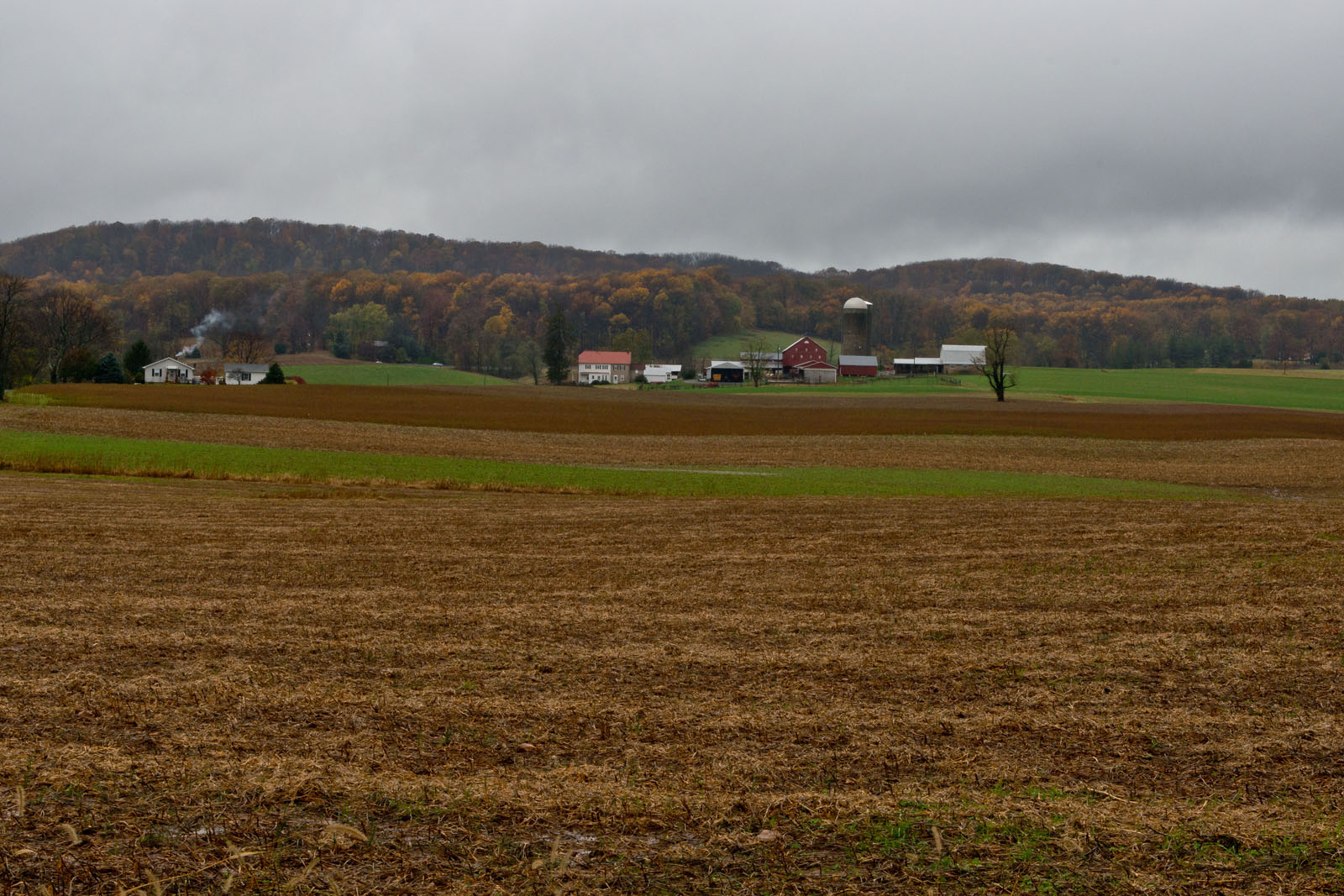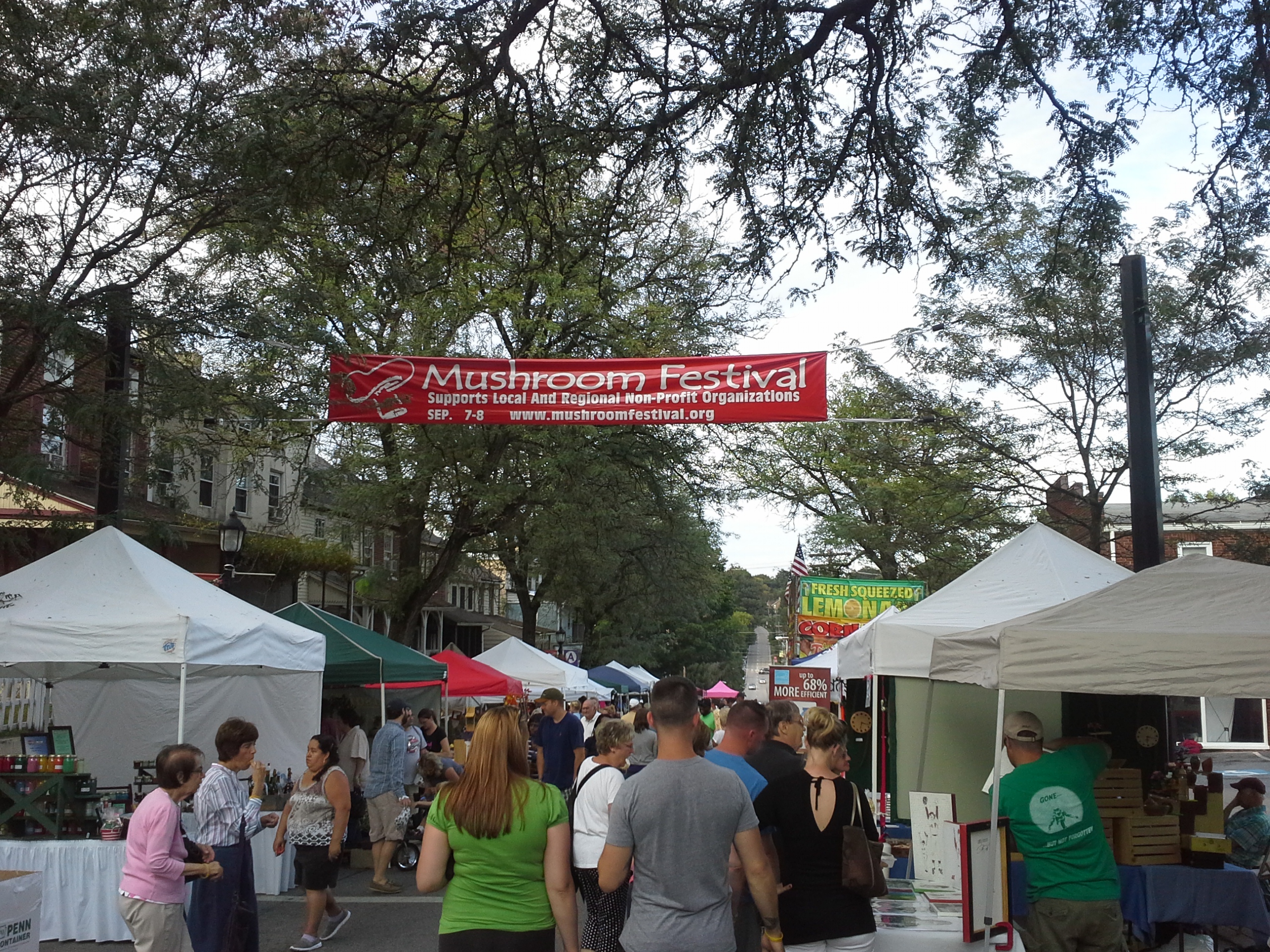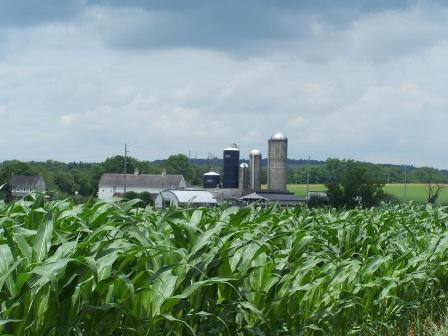Green Infrastructure Research All-STARs
by Ken Hendrickson and Jennie Saxe
A few weeks ago, Major League Baseball (MLB) held its annual All-Star Game. This is a chance for the best players from across MLB to work together and showcase their talents. EPA recently had a chance to host an “all-star” event of its own. On July 24, EPA’s Mid-Atlantic Region and EPA’s Office of Research and Development hosted a kick-off meeting of researchers who received Science to Achieve Results (STAR) grants. Since this was a kick-off meeting, it felt like less like a mid-season break, and more like spring training.
Like a baseball team focused on winning the pennant, these researchers are all focused on one goal: understanding the performance and effectiveness of green infrastructure in an urban setting. Five colleges and universities received a total of nearly $5 million from EPA to focus research on green infrastructure in Philadelphia. These research projects, announced on a snowy day this past January, will support the groundbreaking Green City, Clean Waters Partnership agreement between EPA and the City of Philadelphia.
Why would the research teams meet when the research hasn’t yet begun? This type of meeting provides researchers with a full picture of all of the research that is planned, and allows researchers to identify opportunities for collaboration. In this way, the individual teams can better understand where, how, and what their peers will be investigating. Proposals were developed several months ago, and it’s important to discuss the plans, processes, and research sites that have been refined since the projects were funded.
While the research may be conducted by these “academic all-stars,” it is much more than an academic exercise: the research is happening on the ground in Philadelphia’s neighborhoods, and – by making it easier and cheaper to protect water quality through greening communities – the benefits will go to the residents of the city. In addition to the more than 30 researchers who attended to present their plans, dozens more people learned about the research plans by attending via webinar – maybe they will be inspired to pursue green infrastructure projects in their communities.
In research, as in baseball, with hard work comes important results. We’re certain that when we check back with these researchers in a few years, they will have many more insights to share.
About the authors: Ken Hendrickson and Jennie Saxe work in the Water Protection Division of EPA’s Region 3 office in Philadelphia.












